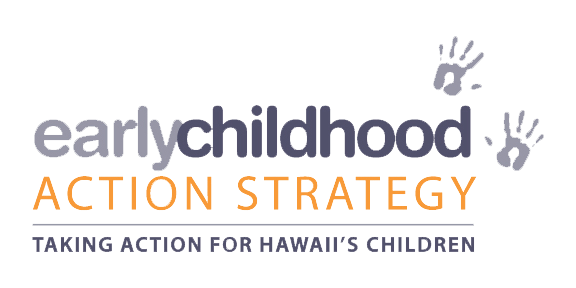HI Baselines 3: Child Health & Development
OVERVIEW of Indicators
Medical Home
Child Developmental Screening
Child Food Insecurity
ACTION STRATEGY
ECAS TEAM 3 is working to ensure all children, especially those at-risk, are provided appropriate referrals and access to services to support their health and development.

